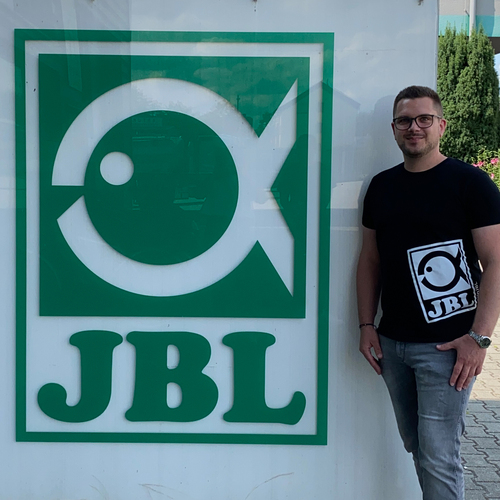Inirida is a municipality, capital and port city. The total area of 17,000 km2 is half the size of North Rhine-Westphalia. The region is not on the Colombian road network. It is only accessible by air or water. This underlines how important local exchange is via the waterways on the Rio Inirida and how imports and exports take place almost exclusively by air. The capital used to be called Puerto Inirida because the port is the hub of the region and connects all the surrounding towns and their economic activities. This self-sufficient region is located in the department of Guainía in the area of the upper Orinoco in the Amazon basin.
The local cityscape is dominated by a military presence, in an aim to prevent crime and ensure order. Due to the high biodiversity and the numerous waterways, fish also play a decisive role as food and for export as ornamental fish and are formative for the local families.
#jblexpedition
In Episode #05 of TROPENFIEBER - Hobby meets Nature, Ilja Strelkow describes his experiences and discoveries on the trip from the perspective of a natural scientist and fish biologist who has spent his professional career breeding fish and distinguishing between breeding lines, with a special focus on the port city of Puerto Inirida.
At first, this place involved repacking bags and equipment for Ilya and the other participants. Arriving, repacking, walking to the harbour and then taking the boat to the next village. And that several times.
Already during the approach it became apparent that all around the city there would be a gigantic area with river courses and dense rainforest. The landscape was breathtaking. It was a sharp contrast for us, coming from the capital of Colombia, to the capital of this cut-off region.
Having already exchanged luggage several times at this location, our group spent a few consecutive days in the small hotel which was storing the other groups’ luggage.
Besides exploring the surroundings and having small snacks in local establishments, Ilya wondered what exciting aspects of ornamental fish she would find here, where tourists were not exactly the rule.
The public swimming pool with the greatest biodiversity
At breakfast after the first night, the guide explained that the group would visit two or three spots today. The excitement was high - and with good reason.
The first spot was a classic Colombian swimming pool with blackwater and low visibility underwater.
Looking at the map, it became clear that this was a tributary of the Rio Inirida. On site were some locals sitting there with children by the water and a large military camp. As the area was extensive, one of the numerous S-curves offered a quiet corner with direct access to the water. There was a strong current, fresh temperatures and a biodiversity that the group could not find at any other location on the entire trip. Mind you, the first spot was in a "swimming pool"! For Ilya this place was fantastic, because it also held some species that he had not found anywhere else before. (You’ll find an outline of the species in the show notes of this episode).
On site, his fascination turned into assembly line work. Jochen pulled most of the fish out of the water and Ilya and Matthias took the photos - it was real teamwork.
During feed tests, one moment created a real whirlpool effect with bubbling water and the heat of the running cameras.
The military bathing area
The group visited the second spot in the afternoon. A swimming pool on a military training ground. On the way there, it was already obvious that it was in the middle of a military area. When measuring the water values, an extremely high iron value became apparent. The cause was quickly identified - bullet casings.
The visibility underwater was almost zero, the midday sun was extreme and biting insects and flies provided additional "entertainment".
Unfortunately, due to these conditions, the diversity of species was not discernible. Nevertheless, there were some highlights for us. The scenery compensated for everything. A flooded stretch of woodland lay directly behind the otherwise narrow course of the river, providing a new habitat for many animals.
The ornamental fish exporter
There was a question mark hanging over the third spot all day. Would it work out? Through some phone calls and personal connections, Matthias managed to drive our group and the others to a local exporter in the evening. This was a well-known local business partner who supplies ornamental fish to Europe from this region. The German wholesaler Aquarium Glaser also works with this partner. Ilya and the group had the chance to visit the new location, which the son had built as an extension to his father's parent company. The cleanliness and hygiene on site was particularly notable. The offer on site prompted all of our group members to try and identify the species for themselves. It was as if they were in an exam.
And if you think that's all there was to this episode, you're wrong. Over an hour of material in a lively exchange with Ilya provides you with many more details about the entire trip, Ilya's personal TOP 5 experiences and his personal contact with the indigenous peoples and the cohesion in the group.
Technical note: This episode was recorded by telephone and there are some interruptions in a few places. However, no parts of the content have been lost. There are merely some short breaks.

